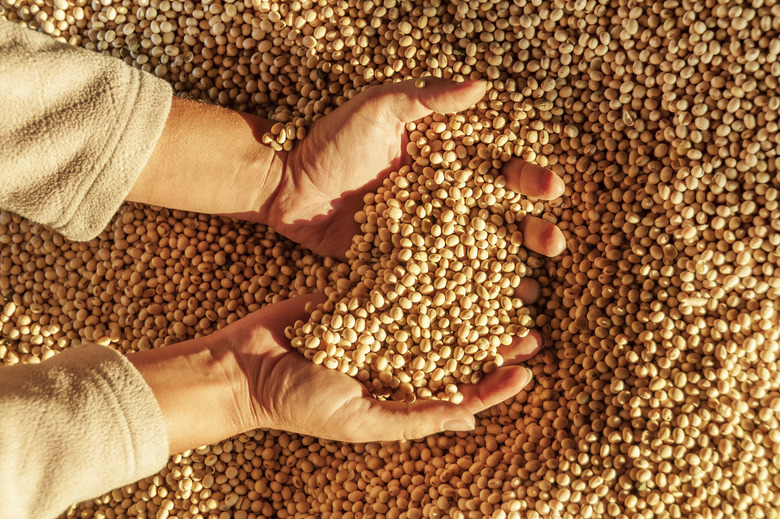Catal's Huyuk Farming Techniques
Catal Huyuk was one of the world's first towns and its ruins demonstrate the agricultural techniques of some of the human race's first farmers. This settlement, located in the present day country of Turkey, contained about 1,000 residences by the year 6,000 B.C. It sat at the northern end of what was apparently a trade route between itself and the city of Jericho. Here men and women tried to survive using the earliest farming methods known to our ancestors.
Slash and Burn
Slash and Burn
The world's first farmers did not have the luxury of encountering open, fertile fields wherever they wished to plant their crops. The terrain of any late, Stone Age environment would likely be overgrown with brush and weeds and might actually intimidate potential farmers with thickly grown forests of gigantic trees. Early farmers would cut what they could and then set the field on fire. Not only did this method level the ground for planting, it also fertilized the field with ashes from the burned plants.
Wheat, Barley and Peas
Wheat, Barley and Peas
The farmers of Catal Huyuk grew a small but diverse number of crops. Wheat and barley made up the majority of the cereals that they grew, ate and traded. They also cultivated peas, berries and nuts. From the berries they made wine and the nuts were used to make vegetable oil.
Planting
Planting
At the high point of Catal Huyuk's existence, the plow had yet to be invented. Planting in the burned fields was likely done by hand. These primitive farmers probably used sticks and/or hoes to turn up the earth before spreading seed by hand. Then they covered the seeds over with the scorched soil.
Irrigation
Irrigation
After covering the seeds, the farmers of Catal Huyuk didn't just wish for luck. They had already discovered the concept of irrigation. However, unlike later agriculturalists in much dryer Mesopotamia and Egypt, they could use simple irrigation measures to supplement rainfall and ensure a successful harvest.
Harvest
Harvest
Ancient farmers wielded sickles when harvest came. These reaping tools were made from obsidian, which was plentiful in the regions near Catal Huyuk. Tool makers could flake this stone and achieve a sharpness superior to that of steel.
Cite This Article
MLA
Paxton, Robert. "Catal's Huyuk Farming Techniques" sciencing.com, https://www.sciencing.com/catals-huyuk-farming-techniques-8643956/. 22 November 2019.
APA
Paxton, Robert. (2019, November 22). Catal's Huyuk Farming Techniques. sciencing.com. Retrieved from https://www.sciencing.com/catals-huyuk-farming-techniques-8643956/
Chicago
Paxton, Robert. Catal's Huyuk Farming Techniques last modified March 24, 2022. https://www.sciencing.com/catals-huyuk-farming-techniques-8643956/
